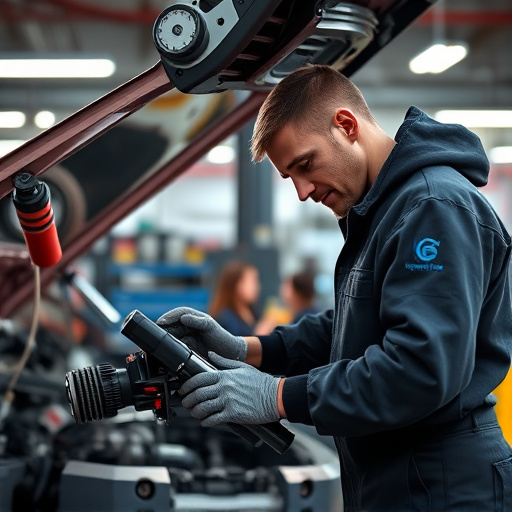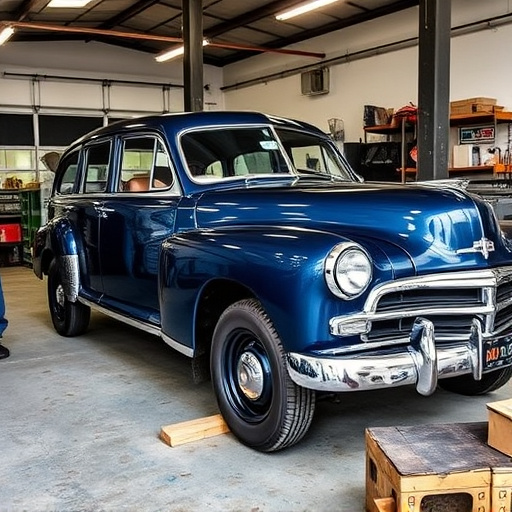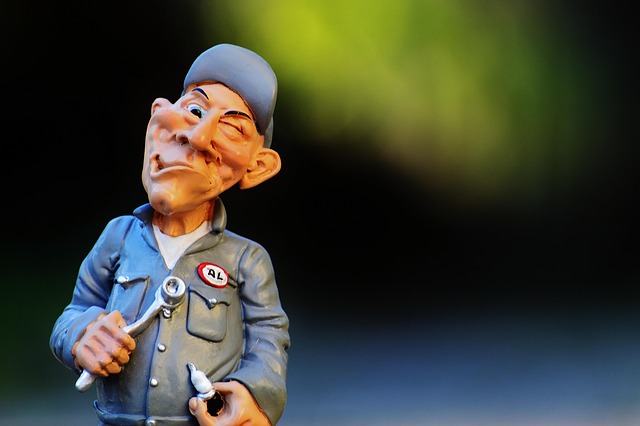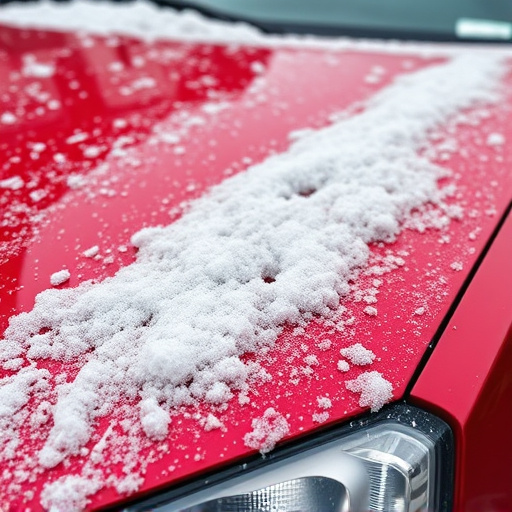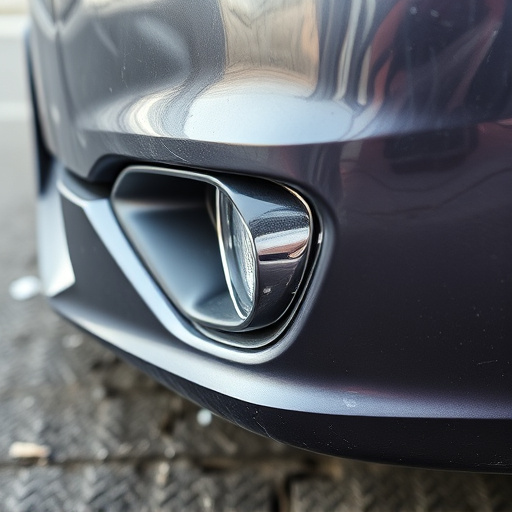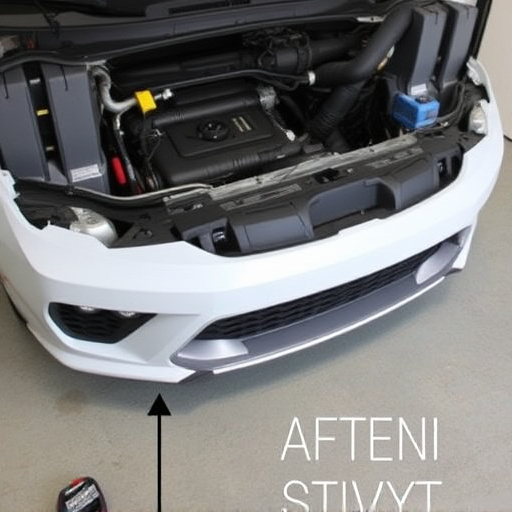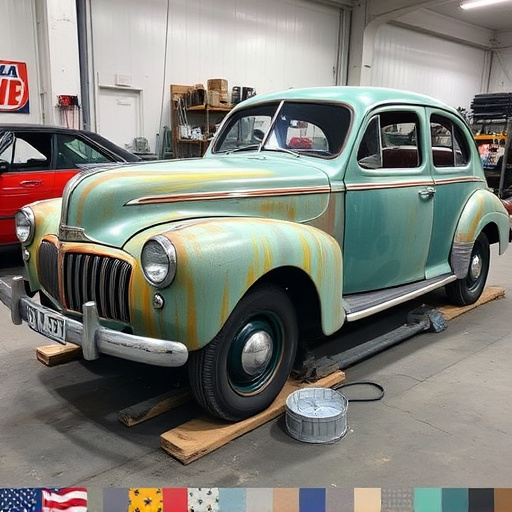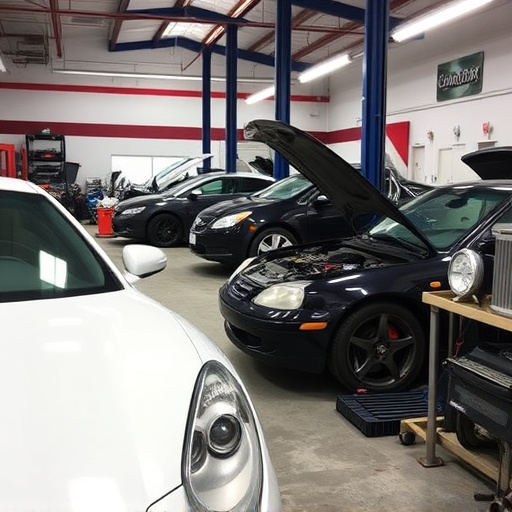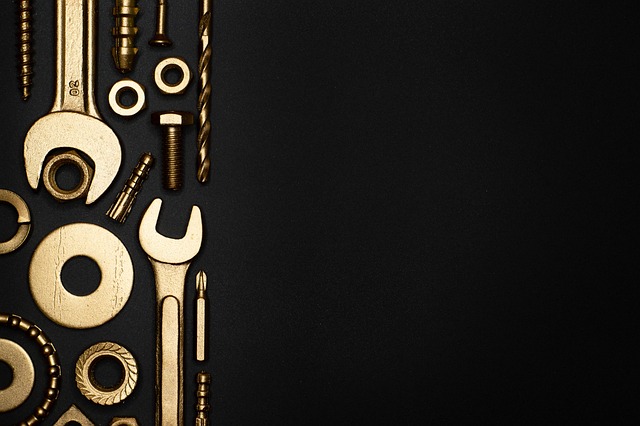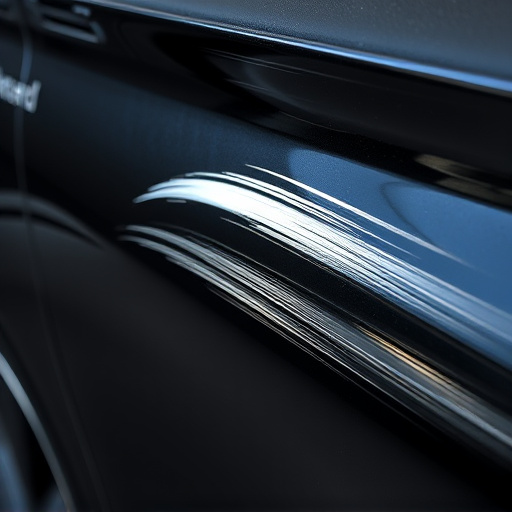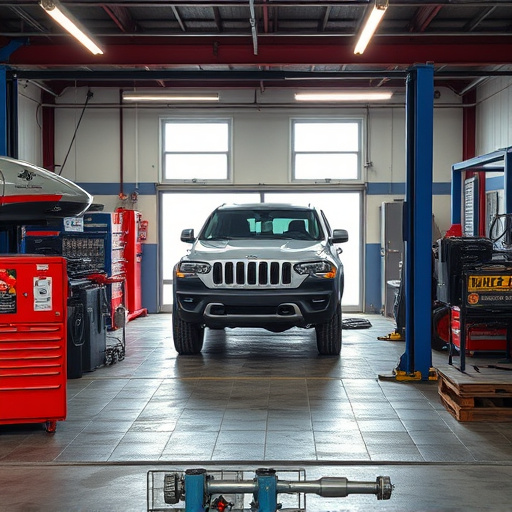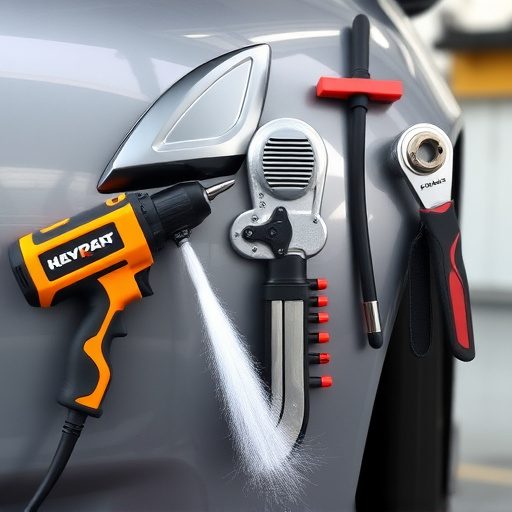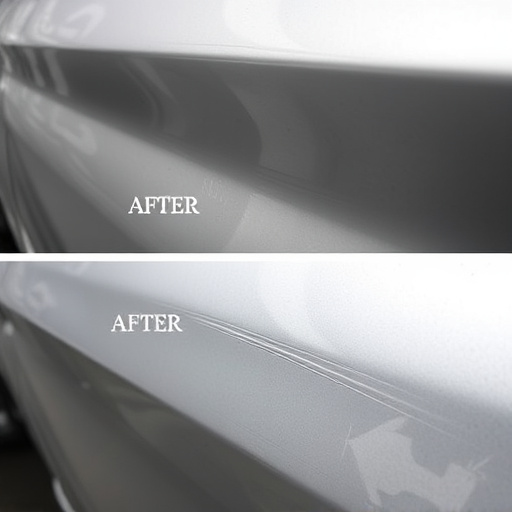Dashboard repair collision processes involve multi-step assessments and specialized tools to restore vehicles to pre-incident condition, focusing on aesthetics and functionality. Post-repair inspections by skilled technicians ensure quality, identify issues, maintain vehicle integrity, and provide customer satisfaction. Comprehensive evaluations using advanced technology guarantee meticulous repairs for high-end models like Mercedes Benz, restoring structural soundness and original craftsmanship.
In today’s automotive landscape, effective post-repair inspections are paramount to ensure vehicle safety and customer satisfaction. A critical aspect of this process involves dashboard repair collisions, where specialized technicians meticulously assess and rectify damage to vehicle interiors. This article delves into the intricate details of dashboard repair collision, exploring essential procedures and the tools used in meticulous evaluations. Understanding these processes is key to upholding quality standards and ensuring a seamless driving experience for all.
- Understanding Dashboard Repair Collision Process
- Post-Repair Inspection Procedures and Importance
- Ensuring Quality: Tools and Techniques for Evaluation
Understanding Dashboard Repair Collision Process
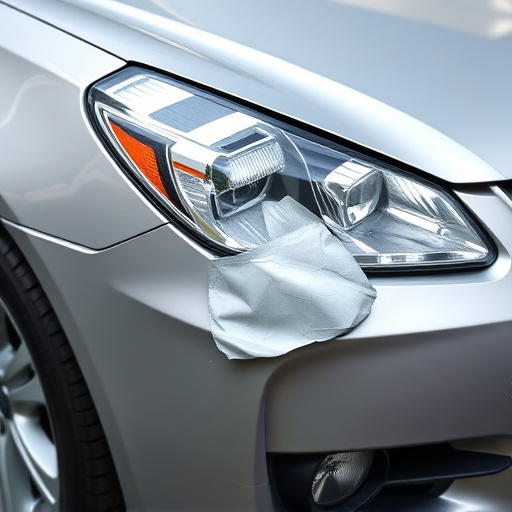
The dashboard repair collision process involves a meticulous series of steps designed to restore a vehicle’s interior to its pre-incident condition. It begins with a thorough assessment, where trained technicians inspect the damage, ranging from cracks and dents to more complex structural issues. This initial evaluation is crucial as it determines the scope of work required for effective dashboard repair.
Once the damage is accurately identified, specialized tools and techniques are employed. This may include using precision instruments for dent removal (car dent repair) or advanced adhesives for bonding and sealing. In some cases, replacement parts are utilized to ensure the highest quality finish. The goal is not just to fix, but to seamlessly integrate repairs, making them virtually invisible, and thus ensuring customer satisfaction with these vehicle repair services.
Post-Repair Inspection Procedures and Importance
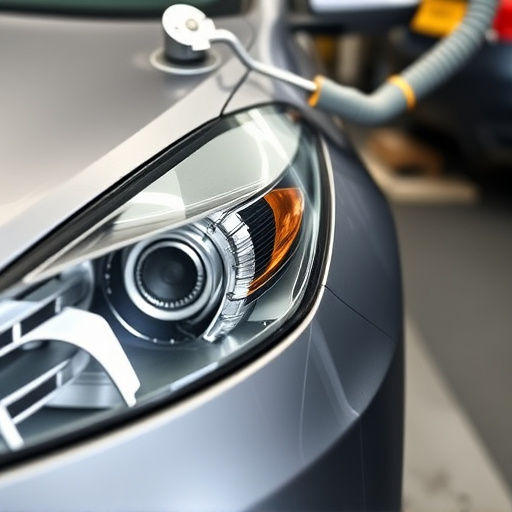
Post-repair inspections are a critical step in ensuring that vehicles, after undergoing dashboard repair collision or any other body shop services, are safe to be back on the road. These procedures involve a thorough examination of every component, from the exterior car bodywork to the intricate details inside the cabin. Skilled technicians will check for any loose parts, assess the quality of repairs, and verify that all systems function optimally. The process is designed to identify potential issues that may have been overlooked during the repair process, ensuring customer safety and satisfaction.
This inspection plays a vital role in maintaining the integrity of vehicle paint repair and overall car bodywork. By identifying flaws or misalignments early, body shop specialists can promptly address them, preventing further damage. This proactive approach not only saves time and money for both the owner and the repair facility but also ensures that the vehicle is in its best condition after repairs, providing a seamless driving experience.
Ensuring Quality: Tools and Techniques for Evaluation
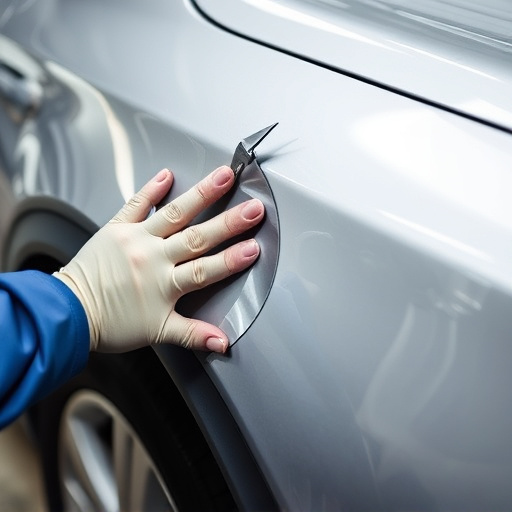
Ensuring quality in post-repair inspections is paramount to guarantee that a vehicle, particularly high-end models like Mercedes Benz, returns to its pre-accident condition. Skilled technicians leverage advanced tools and techniques to meticulously evaluate each component, focusing on the dashboard repair collision area. Specialized equipment such as 3D scanning technology enables precise measurements, identifying even the slightest discrepancies.
In a collision repair shop, comprehensive inspections involve visual examinations, pressure testing of seals, and functional checks of various systems. This meticulous approach ensures that repairs are not only structurally sound but also aesthetically pleasing, aligning with the vehicle’s original craftsmanship. By combining cutting-edge tools and expert knowledge, collision repair shops deliver top-tier work, satisfying customers seeking reliable and high-quality automotive collision repair services.
Dashboard repair collision plays a pivotal role in ensuring vehicle safety and customer satisfaction post-repair. By implementing rigorous post-repair inspections, using advanced evaluation tools, and adopting best practices, collision centers can guarantee high-quality work that meets industry standards. This comprehensive approach not only protects consumers but also builds trust in the automotive repair sector.
